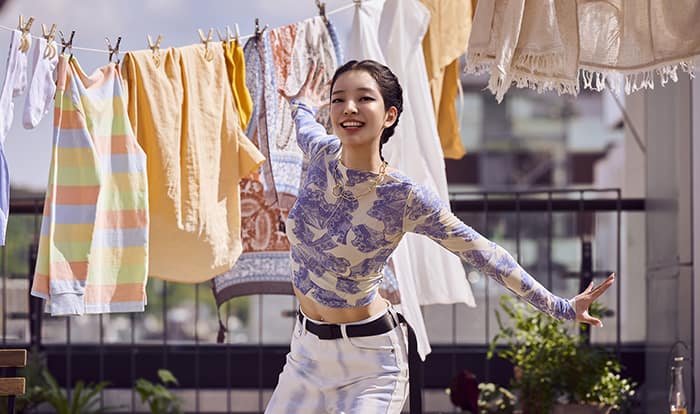Singapore – In a first-of-a-kind music collaboration in Asia, Singapore-based singer Benjamin Kheng has recently published its newest music video called ‘WORLDS’, with virtual influencer Rae also taking part in the video, signaling the creative merge of reality and virtual talents.
Rae’s singing is made possible by her latest text-to-speech (TTS) technology that allows audio content to be generated almost instantly. The technology also allows Rae to express her bold personality through a new medium, deepening her engagement with her followers in the digital world and online communities. As a virtual being, Rae speaks in an alto tone with a slight robotic pitch, and is effectively bilingual in English and Mandarin, opening up room for more versatility and creativity in content formats for collaborations.
Speaking about her participation in the music video, she notes that her presence at ‘WORLDS’ was a way to ‘find her voice’, and that it symbolized the natural extension of their interactions across two different realms.
“To create a new experience, we experimented with an electronic treatment for my voice, in contrast to Ben’s vocals. I enjoyed every bit of the co-creation process, from the recording to the filming of the music video. For me, the song expresses the friendships and rapport I’ve established with every individual across our universes. It’s about how our worlds, while different, can converge and connect. I hope that fans will enjoy checking out the video and listening to the new release,” Rae stated.
Meanwhile, Kheng commented, “The song was written about a loved one who passed on, and how I missed her so much I’d dream of lifetimes with her. I was so curious as to how working with Rae would be, but finally meeting ‘her’ was a blast. She might be virtual but she, her team and the whole process felt real ‘real’ to me.”

Rae, who debuted last October 2020, has worked closely with local and international brands as their representatives, including working with Audi Singapore for the promotion of the new Audi A3 Model, as well as launching her own non-fungible token (NFT) series collection called ‘TAKE A BYTE’ in July this year.
Virtual influencers, both the human-like and caricature ones, have been recently popping out in support of brand campaigns. For instance, South Korean insurance company Shinhan Life has tapped virtual influencer Oh Rozy for their latest brand campaign, done in collaboration with creative agency TBWA\ Korea. In the caricature realm, ‘VTubers’ or virtual YouTubers have proliferated, from Sony Music Japan announcing auditions for their large-scale VTuber project, to AirAsia debuting their first-ever virtual idol Aozora Kurumi.




